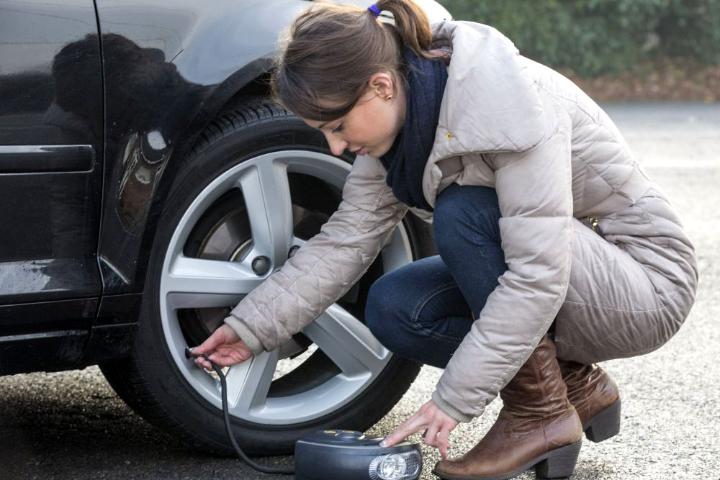10 Things To Check Before You Embark On A Long Distance Journey

So we’re making lot of short trips, then just a few far longer ones. Can your car cope with the extra stress and strain? Simply follow our checklist to make sure you’re safe on the roads this season.. Here are 10 things to check before embarking on a long distance drive…
1. The mirrors
Check if all mirrors are clean and set correctly. Also check if windows are clean. Mirrors are one of the most important visual aids for safe driving.
2. The tyres
The minimum legal tread depth is 1.6mm across the central ¾ of the tyre, all the way around. Get the pressures right at a garage – if they’re wrong you’ll burn more fuel, wear the tyres and suffer poor handling.
3. The spare tyre
There’s little worse than having to change a wheel, only to find the spare is missing, flat or damaged. Also check the jack, its handle and the wheel brace are there and fit your car!
4. The engine oil
Without oil your engine will overheat, weld itself together and self-destruct. With the engine cold and the car level, check the dipstick. Top up as necessary via the cap at the top of the engine, and give the oil time to run down to the sump before rechecking the level.
5. The windscreen washer bottle
It’s no fun peering through two arched smears of exploded summer flies – top up your washer bottle before you leave. You can use water, but the stuff in garages contains antifreeze, detergents and, well, smells nice!
6. The lights
Make sure all your lights are working well in advance. Go through all your lights – indicator, brake, dip, full beam, fog and so on – one by one. Either get a friend to watch for blown bulbs, or park by a white wall or shop window one night to see them yourself.
7. Brakes
Check that the braking system is in order. The brakes are the most important active safety of a car and one of its key pieces. However, many drivers do not seem to understand it well. Care should be taken earlier for your car security feature before facing an accident. Have the brakes checked. The braking system is the vehicle’s most important safety item.
8. The safety belts
Provide enough safety belts for each person traveling in your vehicle. Each person needs their own safety belt. Make sure all safety belts are working properly. Show you care. Ask passengers in the front and rear seats to use their safety belts. Most people will gladly buckle up if the driver asks them to. Do not start your car until all safety belts are fastened.
9. The windscreen wipers
Check that the windscreen wipers are working. Windscreen washers and wipers must, by law, be in working order. Keep the washer bottle topped up with water and ensure that the wiper blades and arms are in good condition. Worn blades smear the windscreen and impair visibility. The makers recommend replacement every 12 months.
10. Car overload
Ensure that your vehicle is not overloaded. Check that your load is secured and the cargo doors are locked. Vehicle overloading can adversely affect the handling, stability and stopping distance of your vehicle. Brakes, tyres, and suspension will wear out faster. Tyres in particular can suffer from overheating and become prone to failure.




